Temperature Measurement Multiple Choice Questions
Question 1
Identify the thermocouple type with the highest temperature limit from those listed here:
(A) Type J
(B) Type K
(C) Type S
(D) Type T
(E) Type E
Answer : C
Question 2
The negative lead of a thermocouple is always colored:
(A) Blue
(B) Yellow
(C) Red
(D) White
(E) Black
Answer : C
Question 3
The most rugged temperature sensing element listed here is a/an:
(A) Thermocouple
(B) Orifice plate
(C) RTD
(D) Filled bulb
(E) Fire eye
Answer : A
Question 4
Convert a temperature measurement of 250 deg C into Kelvin.
(A) 523.2 K
(B) -209.7 K
(C) 709.7 K
(D) -23.2 K
(E) 23.2 K
Answer : A
Question 5
When the reference junction is the same temperature as the measurement junction in a thermocouple circuit, the output voltage (measured by the sensing instrument) is:
(A) Zero
(B) Reverse polarity
(C) Noisy
(D) AC instead of DC
(E) Unreliable
Answer : A
Question 6
A “thermowell” is a:
(A) Heat sink
(B) Small vessel for holding liquids at high temperature
(C) Protective tube for a temperature sensing element
(D) Temperature sensing device
(E) Safety relief device for high pressure
Answer : C
Question 7
Reference junction compensation is necessary in thermocouple-based temperature instruments because:
(A) Copper extension wire has a tendency to corrode
(B) Thermocouples are inherently nonlinear
(C) The reference junction generates a temperature-dependent voltage
(D) The junction’s electrical resistance varies with temperature
(E) Electrical noise may interfere with the measurement otherwise
Answer : C
Question 8
Latent heat is:
(A) The heat required to raise the temperature of a substance
(B) The amount of heat energy present in ambient conditions
(C) The potential energy residing in a sample of unburnt fuel
(D) The heat released when a gas suddenly decreases pressure
(E) The heat required to make a substance change phase
Answer : E
Question 9
Thermocouple extension wire may be readily distinguished from regular thermocouple-grade wire by:
(A) Different metal types
(B) Outer sheath color
(C) Special markings on the wire’s insulation
(D) Thickness
(E) Flexibility (stranded instead of solid)
Answer : B
Question 10
A type J thermocouple is made of the following metals:
(A) Aluminum and Tungsten
(B) Iron and Constantan
(C) Platinum and Platinum/Rhodium alloy
(D) Copper and Constantan
(E) Chromel and Alumel
Answer : B
Credits : by Tony R. Kuphaldt

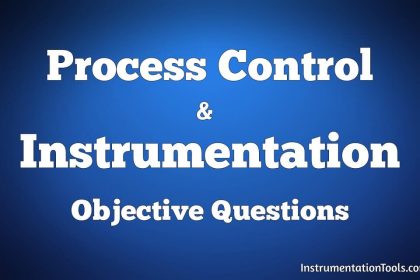
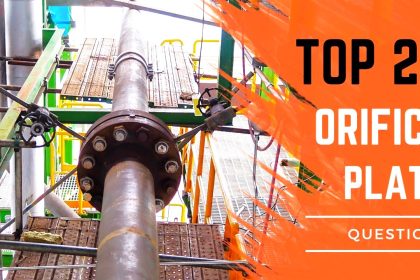
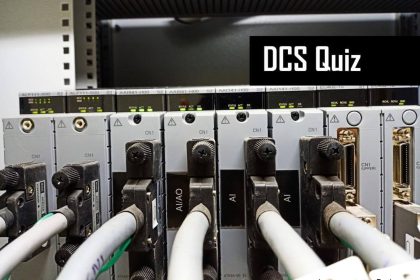
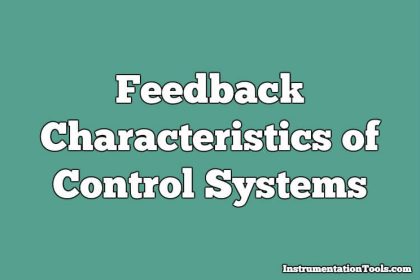
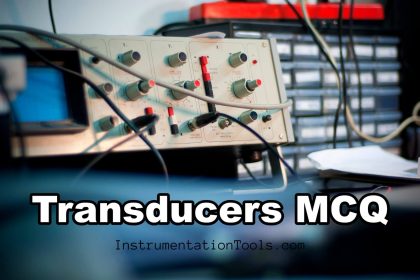

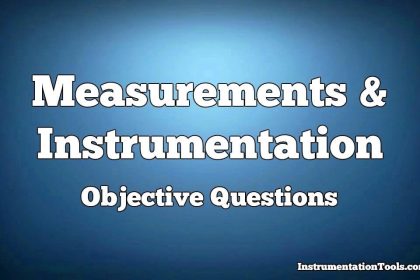
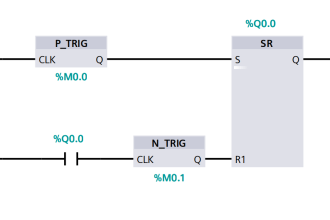
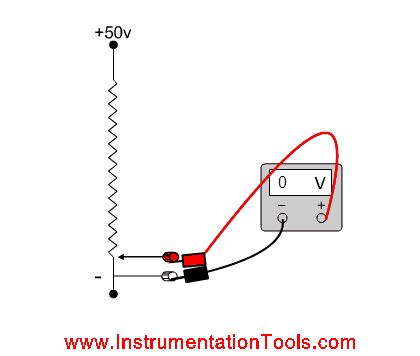
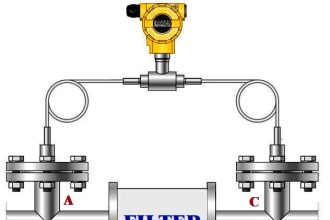

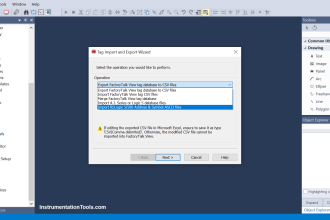
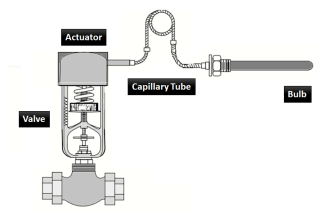
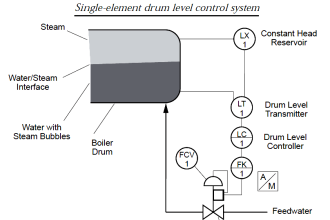

Excellent according to test and interview point of view